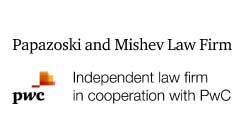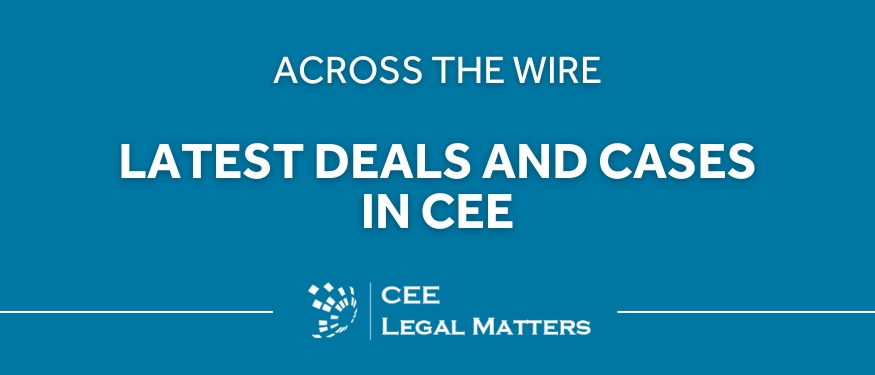Governments increasingly involve the private sector in infrastructure projects through concession agreements or public-private partnerships (PPPs). While both models attract private investment, they differ significantly in financial structures, risk allocation, and regulatory framework. Choosing the appropriate model depends on project objectives, revenue generation potential, and public sector involvement in funding and oversight.
Project Selection Process
The selection between a concession agreement and a PPP is based on the financial feasibility and the level of risk the public sector is looking to transfer. Concession agreements are ideal for projects where private operators generate revenue from end users and the exploitation of the infrastructure such as roads, airports, and marinas. PPPs, on the other hand, are chosen when state funding plays a crucial role while leveraging private sector expertise. Public bodies submit PPP proposals to the PPP Unit of the Ministry of Economy and Finance, which evaluates them and forwards them to the Inter-Ministerial Committee for approval under Law 3389/2005. This model is often applied to essential public services where user-generated revenue alone is insufficient to sustain the project as well as to social infrastructure like schools, where revenue generation is not feasible.
Remuneration and Risk Allocation
In concession agreements, private operators assume the financial risk and recover their investment through user fees and the exploitation of the infrastructure. On the other hand, although availability payments and exploitation of the infrastructure can be combined in PPPs, in Greece, the prevailing approach is that PPPs rely exclusively on availability payments from the state. This ensures a steady revenue stream for private investors, reducing their exposure to market fluctuations.
Contractual and Regulatory Framework
Concession agreements often require parliamentary ratification, reinforcing legal certainty and investor confidence, though this process can slow down implementation. PPPs, in contrast, benefit from a more streamlined approval process under Law 3389/2005. This legal framework enables efficient dispute resolution through arbitration and ensures contracts remain lender-friendly without requiring parliamentary endorsement.
State Oversight
In concession agreements, monitoring is fragmented among multiple public authorities, which can lead to administrative inefficiencies. The private operator must navigate interactions with various regulatory bodies throughout the contract’s duration.
PPPs benefit from a centralized monitoring system under the PPP Unit. This entity ensures streamlined project oversight, simplifying compliance procedures and reducing bureaucratic complexity. A well-defined governance framework enhances efficiency and transparency in project execution.
Financing Considerations
Both models rely on a mix of private capital and institutional funding, with banks and investors typically covering 70-80% of project costs. In concession agreements, financial viability depends on demand forecasting. European resources, such as EIB funds, have been utilized in significant concession projects in Greece, including the Rion-Antirion Bridge and Athens International Airport. PPPs provide greater financial stability as cash flows are secured through state-backed payments. This makes them more attractive to investors as revenue certainty reduces financial risks. European Structural Funds and JESSICA initiatives have been leveraged to support PPPs, particularly in urban infrastructure and public service projects.
Application in Major Greek Infrastructure Projects
The concession of 14 regional airports involved the long-term lease and management of airports in various locations across Greece. Under such concession agreements, the private operator recovers its investment through revenues from airport users, while the state does not provide direct financial contributions, in a revenue-generating infrastructure model. Similarly, the Alimos Marina concession was structured to enable private sector investment in the redevelopment and management of one of the largest marinas in Athens, Greece. The concessionaire generates revenue from docking fees, retail spaces, and tourism-related services, without relying on public funds.
Conversely, the Thessaloniki Flyover PPP was developed as a PPP for the design, construction, financing, operation, and maintenance of a critical urban motorway project. The state structured the agreement with availability payments, ensuring stable, predictable cash flows for the private operator.
The 17 schools in Central Macedonia PPP followed a similar approach, as a private partner was selected to build, finance, and maintain the schools, receiving availability payments over the contract period to ensure high-quality infrastructure while minimizing the financial burden on the public sector in the short term, spreading costs over the long duration of the agreement. This approach is consistent with previous PPP projects, including the 14 Schools of Attica PPP and 10 Schools of Attica PPP, which were structured as social infrastructure projects that do not generate revenue, requiring thus availability payments from the state.
By Prokopis Linardos, Partner, Your Legal Partners
This article was originally published in Issue 12.2 of the CEE Legal Matters Magazine. If you would like to receive a hard copy of the magazine, you can subscribe here.






















